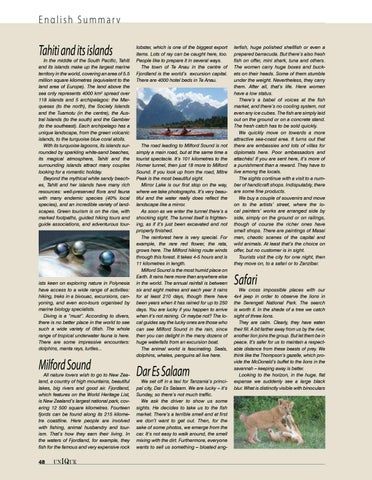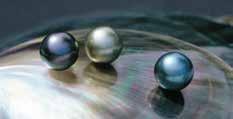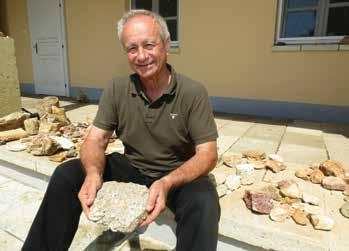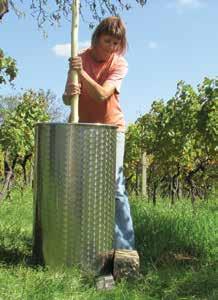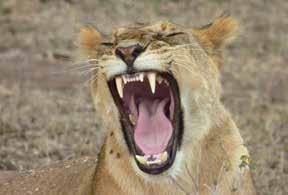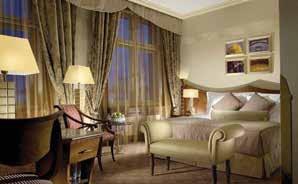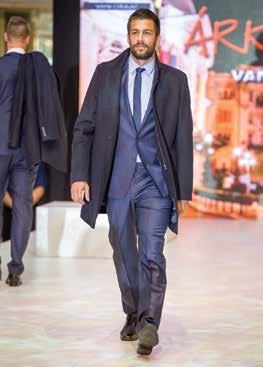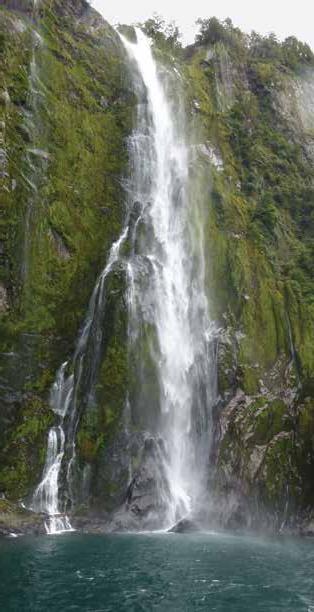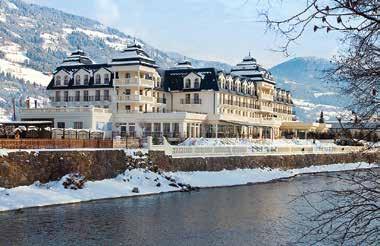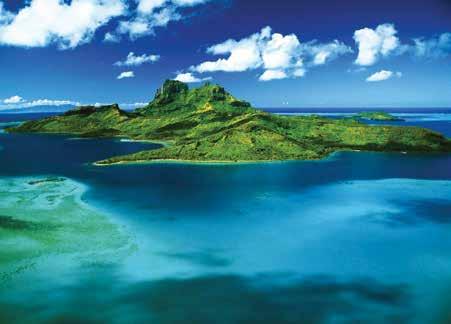English Summary
Tahiti and its islands
In the middle of the South Pacific, Tahiti and its islands make up the largest marine territory in the world, covering an area of 5.5 million square kilometres (equivalent to the land area of Europe). The land above the sea only represents 4000 km² spread over 118 islands and 5 archipelagos: the Marquesas (to the north), the Society Islands and the Tuamotu (in the centre), the Austral Islands (to the south) and the Gambier (to the southeast). Each archipelago has a unique landscape, from the green volcanic islands, to the turquoise blue coral atolls. With its turquoise lagoons, its islands surrounded by sparkling white-sand beaches, its magical atmosphere, Tahiti and the surrounding islands attract many couples looking for a romantic holiday. Beyond the mythical white sandy beaches, Tahiti and her islands have many rich resources: well-preserved flora and fauna with many endemic species (40% local species), and an incredible variety of landscapes. Green tourism is on the rise, with marked footpaths, guided hiking tours and guide associations, and adventurous tour-
ists keen on exploring nature in Polynesia have access to a wide range of activities: hiking, treks in a bivouac, excursions, canyoning, and even eco-tours organised by marine biology specialists. Diving is a “must”. According to divers, there is no better place in the world to see such a wide variety of 0fish. The whole range of tropical underwater fauna is here. There are some impressive encounters: dolphins, manta rays, turtles...
Milford Sound
All nature lovers wish to go to New Zealand, a country of high mountains, beautiful lakes, big rivers and good air. Fjordland, which features on the World Heritage List, is New Zealand’s largest national park, covering 12 500 square kilometres. Fourteen fjords can be found along its 215 kilometre coastline. Here people are involved with fishing, animal husbandry and tourism. That’s how they earn their living. In the waters of Fjordland, for example, they fish for the famous and very expensive rock
48
un IQ ue
lobster, which is one of the biggest export items. Lots of ray can be caught here, too. People like to prepare it in several ways. The town of Te Anau in the centre of Fjordland is the world’s excursion capital. There are 4000 hotel beds in Te Anau.
The road leading to Milford Sound is not simply a main road, but at the same time a tourist spectacle. It’s 101 kilometres to the Homer tunnel, then just 18 more to Milford Sound. If you look up from the road, Mitre Peak is the most beautiful sight. Mirror Lake is our first stop on the way, where we take photographs. It’s very beautiful and the water really does reflect the landscape like a mirror. As soon as we enter the tunnel there’s a shocking sight. The tunnel itself is frightening, as if it’s just been excavated and not properly finished. The rainforest here is very special. For example, the rare red flower, the rata, grows here. The Milford hiking route winds through this forest. It takes 4-5 hours and is 11 kilometres in length. Milford Sound is the most humid place on Earth. It rains here more than anywhere else in the world. The annual rainfall is between six and eight metres and each year it rains for at least 210 days, though there have been years when it has rained for up to 250 days. You are lucky if you happen to arrive when it’s not raining. Or maybe not? The local guides say the lucky ones are those who can see Milford Sound in the rain, since then you can delight in the many dozens of huge waterfalls from an excursion boat. The animal world is fascinating. Seals, dolphins, whales, penguins all live here.
Dar Es Salaam
We set off in a taxi for Tanzania’s principal city, Dar Es Salaam. We are lucky – it’s Sunday, so there’s not much traffic. We ask the driver to show us some sights. He decides to take us to the fish market. There’s a terrible smell and at first we don’t want to get out. Then, for the sake of some photos, we emerge from the car. It’s not easy to walk around, the smell mixing with the dirt. Furthermore, everyone wants to sell us something – bloated ang-
lerfish, huge polished shellfish or even a prepared barracuda. But there’s also fresh fish on offer, mini shark, tuna and others. The women carry huge boxes and buckets on their heads. Some of them stumble under the weight. Nevertheless, they carry them. After all, that’s life. Here women have a low status. There’s a babel of voices at the fish market, and there’s no cooling system, not even any ice cubes. The fish are simply laid out on the ground or on a concrete stand. The fresh catch has to be sold quickly. We quickly move on towards a more attractive sea-coast area. It turns out that there are embassies and lots of villas for diplomats here. Poor ambassadors and attachés! If you are sent here, it’s more of a punishment than a reward. They have to live among the locals. The sights continue with a visit to a number of handicraft shops. Indisputably, there are some fine products. We buy a couple of souvenirs and move on to the artists’ street, where the local painters’ works are arranged side by side, simply on the ground or on railings, though of course the richer ones have small shops. There are paintings of Masai men, chaotic scenes of the capital and wild animals. At least that’s the choice on offer, but no customer is in sight. Tourists visit the city for one night, then they move on, to a safari or to Zanzibar.
Safari
We cross impossible places with our 4x4 jeep in order to observe the lions in the Serengeti National Park. The search is worth it. In the shade of a tree we catch sight of three lions. They are calm. Clearly, they have eaten their fill. A bit farther away from us by the river, another lion joins the group. But let them be in peace. It’s safer for us to maintain a respectable distance from these beasts of prey. We think like the Thompson’s gazelle, which provide the McDonald’s buffet to the lions in the savannah – keeping away is better. Looking to the horizon, in the huge, flat expanse we suddenly see a large black blur. What is distinctly visible with binoculars
